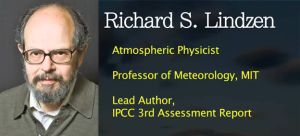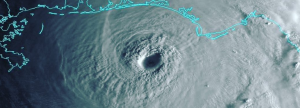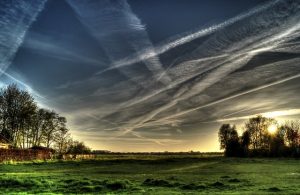“Although they say the science is settled! In fact, the science is never settled . . .”
Dick Reaney
Labels: Climate Realism, Dick Reaney, Global warming alarmism

Climate Change is normal and natural and has gone on for millions of years without any help from the human race. The scaremongering now going on by the media, politicians and climate alarmists, is so utterly misguided to be nothing but tragic. That we have an End of the World scenario is Continue reading “It’s madness, madness, madness, there is no climate emergency”




